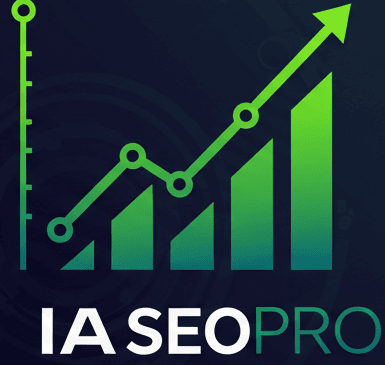Google Overviews: The Ultimate Guide to Understanding and Preparing Your Website (2025)
The famous “10 blue links” died long ago. First came snippets, then quick answers, and now Google makes another giant leap with Google Overviews (what we previously knew as SGE).
And look, this isn’t just a cosmetic change. We’re seeing the biggest transformation in search since Google was born. It’s no longer about showing existing information – now Google creates unique answers by blending multiple sources like a human expert would.
Let’s break this down practically so you can prepare your website. Because this goes way beyond Overviews – it’s part of the 🚀 AI SEO that’s changing the game rules.
What Exactly is Google Overviews?
Google Overviews is that long, conversational answer that appears at the top of some search results. But it’s not text copied from any site – Google is literally writing new answers using AI.
The key difference
Imagine asking an expert in person. They won’t read you a paragraph from a book – they’ll explain in their own words, mixing what they know from various sources. That’s Overviews.
Google uses its AI models (mainly Gemini) to understand your question, search through many websites, and create a response that sounds natural and complete.
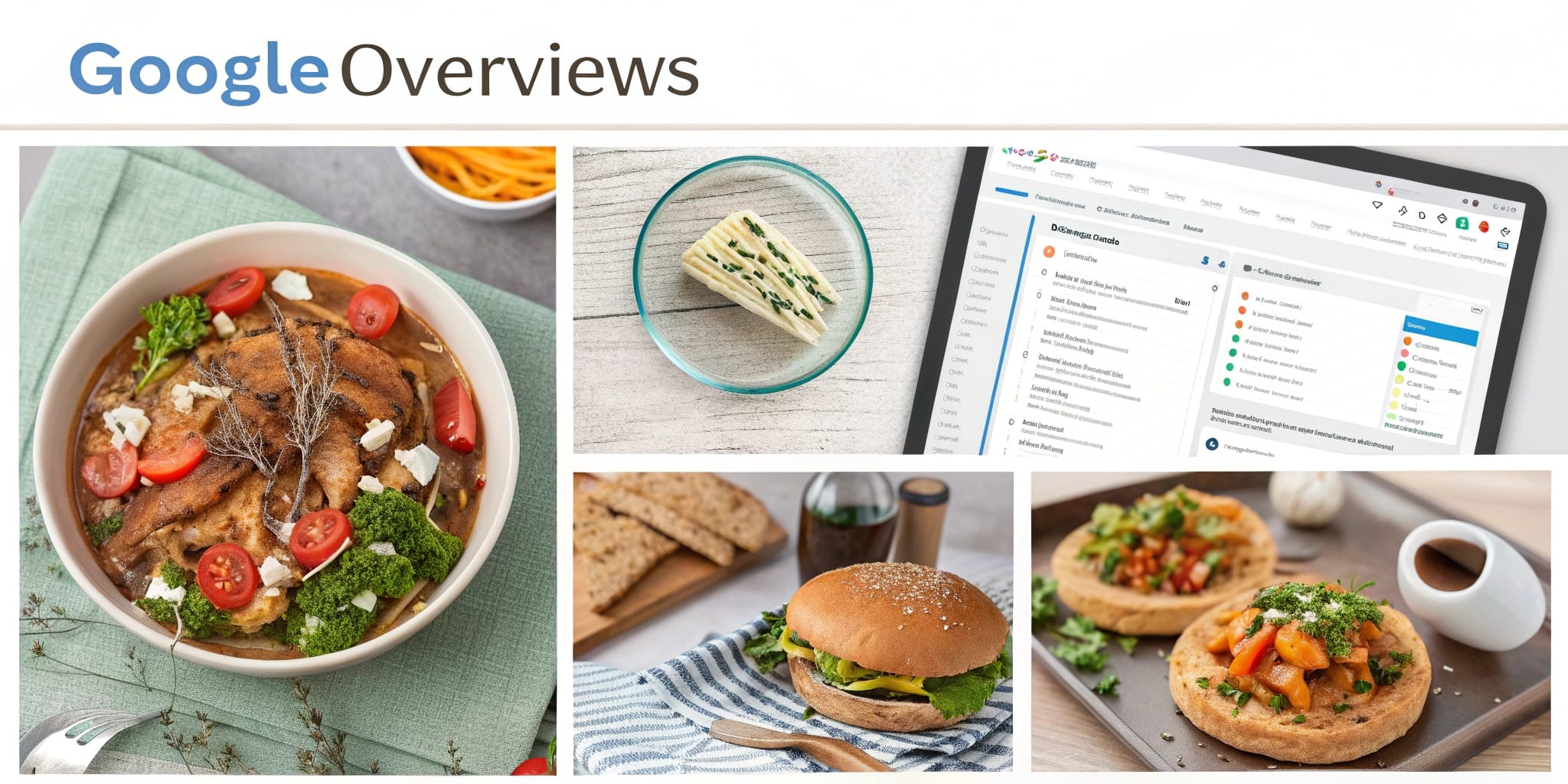
How is it different from what we already knew?
- Featured Snippets: Exact copy of a paragraph from a page
- People Also Ask: Related questions with copied answers
- Google Overviews: New answer created by AI mixing multiple sources
Real example
If you search: “best digital marketing strategies for small businesses 2025”
Overviews generates: A 2-3 paragraph text combining insights from marketing blogs, case studies, and expert analyses – creating a response that doesn’t exist exactly like this anywhere.
You can’t ignore Overviews because it’s no longer experimental. It appears in millions of daily searches and Google plans to expand it with AI Mode soon.
How It Works Internally
Understanding the process helps you optimize better. Google Overviews works in four steps:
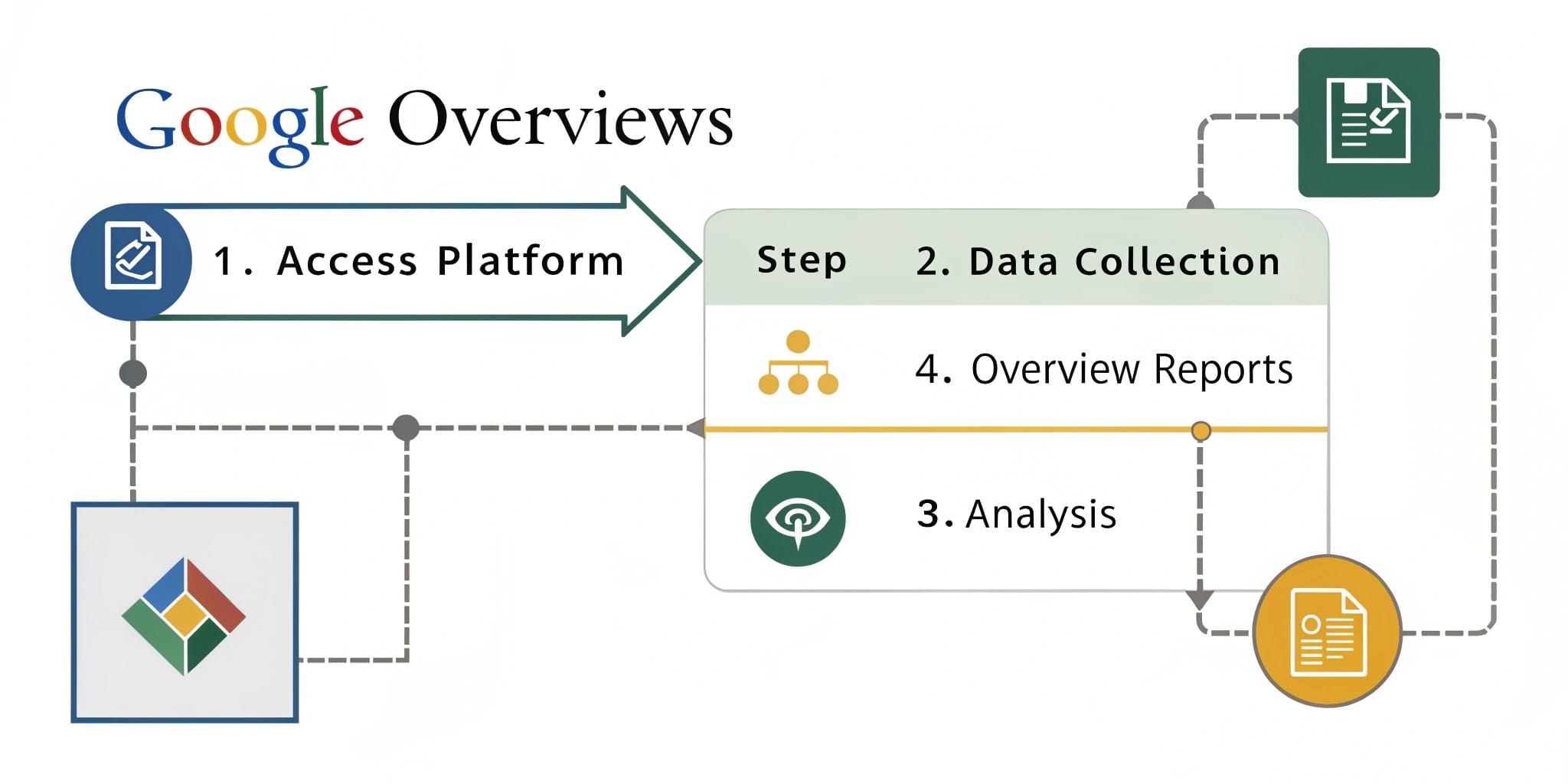
Understands your question
Not just reading words – analyzes what you really want to know, how deep the answer should be, and what format you expect.
Searches and evaluates sources
Crawls multiple websites, evaluates which are most reliable and relevant for your specific query.
Creates the answer
The AI writes original text combining information from all sources coherently and naturally.
Displays with links
Presents the answer with links to the sources it used – here lies your traffic opportunity.
What types of searches trigger Overviews?
It doesn’t appear in all searches. Google mainly activates it when it detects you need complex or contextual information:
- Complex questions: “How has SEO changed with the arrival of AI?”
- Detailed comparisons: “Differences between content marketing and traditional marketing”
- Comprehensive guides: “How to create a content strategy that works?”
- Analysis and opinions: “Where is e-commerce heading?”

What this means for you
Overviews doesn’t kill normal results – it complements them. The links in Overviews still generate traffic, but now you compete to be “the source Google chooses to cite” rather than just ranking well.
The Real Impact on Your Website Traffic
Let’s get straight to the point: Google Overviews can affect your traffic, but also opens new opportunities. It largely depends on how you adapt.
🚀 The real opportunities
Massive visibility
If Google cites your content, you appear above all organic results. It’s like having position #0 on steroids.
More qualified traffic
People clicking from Overviews come looking for specific information. They tend to be more engaged visitors.
Brand authority
Being regularly cited by Google positions you as a reference in your industry. It’s automatic authority marketing.
⚠️ The coming challenges
Potential click reduction
If Overviews completely answers the user’s question, they might not need to visit your site. But this is offset by citation opportunities.
- Increased competition: It’s no longer enough to rank – you need to be “citation-worthy”
- New strategies: Old SEO tactics don’t work the same way
- More zero-click searches: The trend accelerates, but brand value must be measured
New key metric: AI Citations
Besides measuring traditional traffic, we now need to track “AI citations”. Being cited by Google may be worth more than many direct clicks in terms of authority and recognition.
My experience working with clients is clear: sites with solid content see more opportunities than problems. But mediocre content loses relevance much faster. It’s like a quality accelerator.
That’s why we insist so much on comprehensive 🧠 AI SEO – you need a strategy that goes beyond Overviews.
How to Optimize Your Website for Overviews
Here comes the good stuff. Optimizing for Overviews isn’t black magic – they’re clear principles you can apply today.
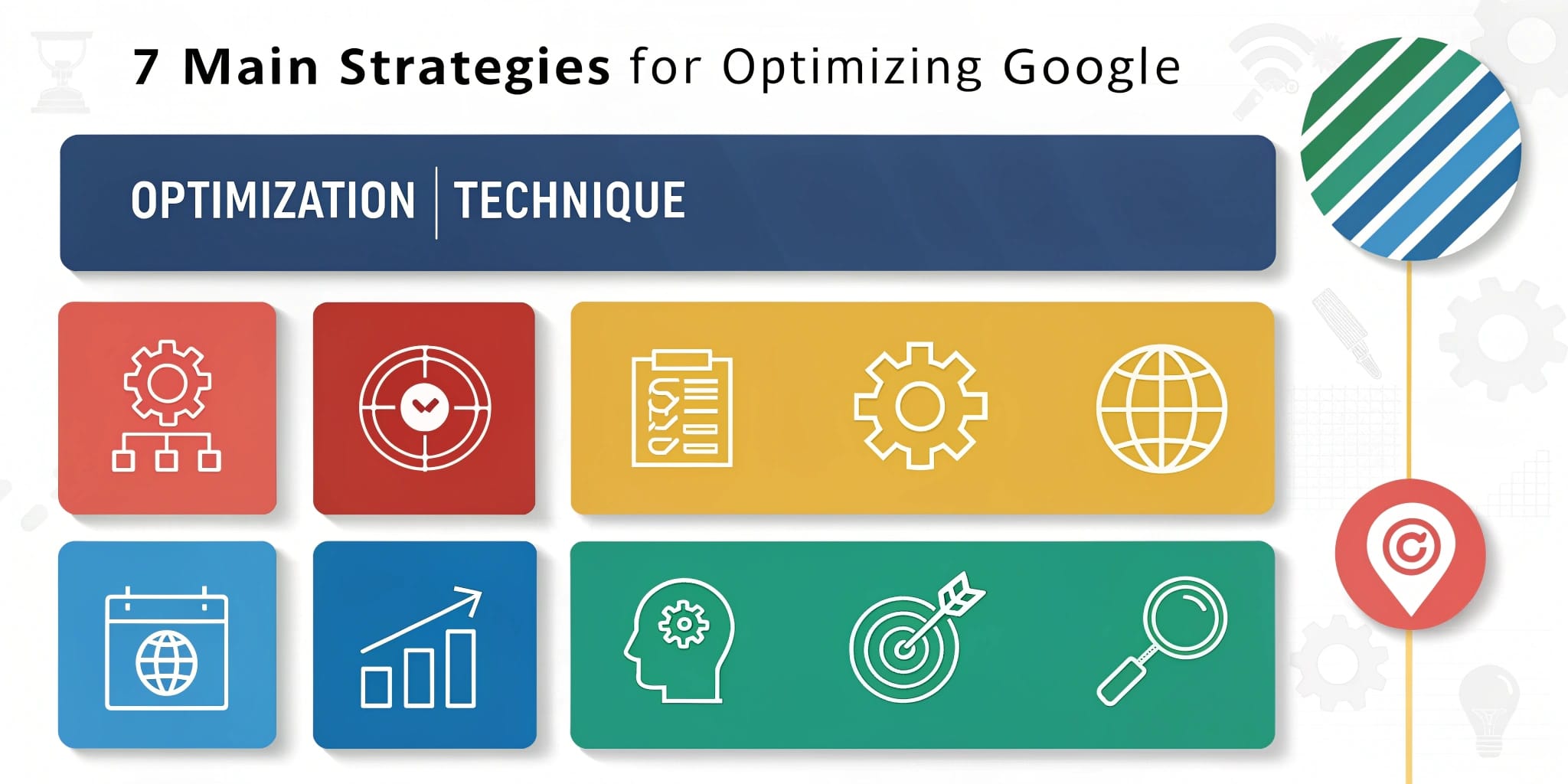
1. Create real authority content (Expert-level E-E-A-T)
Google cites content that demonstrates real Experience, Expertise, Authoritativeness and Trustworthiness, not fake ones:
Go beyond the obvious
Don’t write the same as everyone. Bring unique perspectives, original data, insights only you can provide based on your experience.
Show who you are
Detailed biographies, clear credentials, real success cases. Google wants to know who’s behind the content before citing it.
Back with data
Recent studies, updated statistics, primary sources. Google prefers content it can verify.
2. Write for conversations, not for keywords
Overviews is triggered by complex conversational queries. Change your approach:
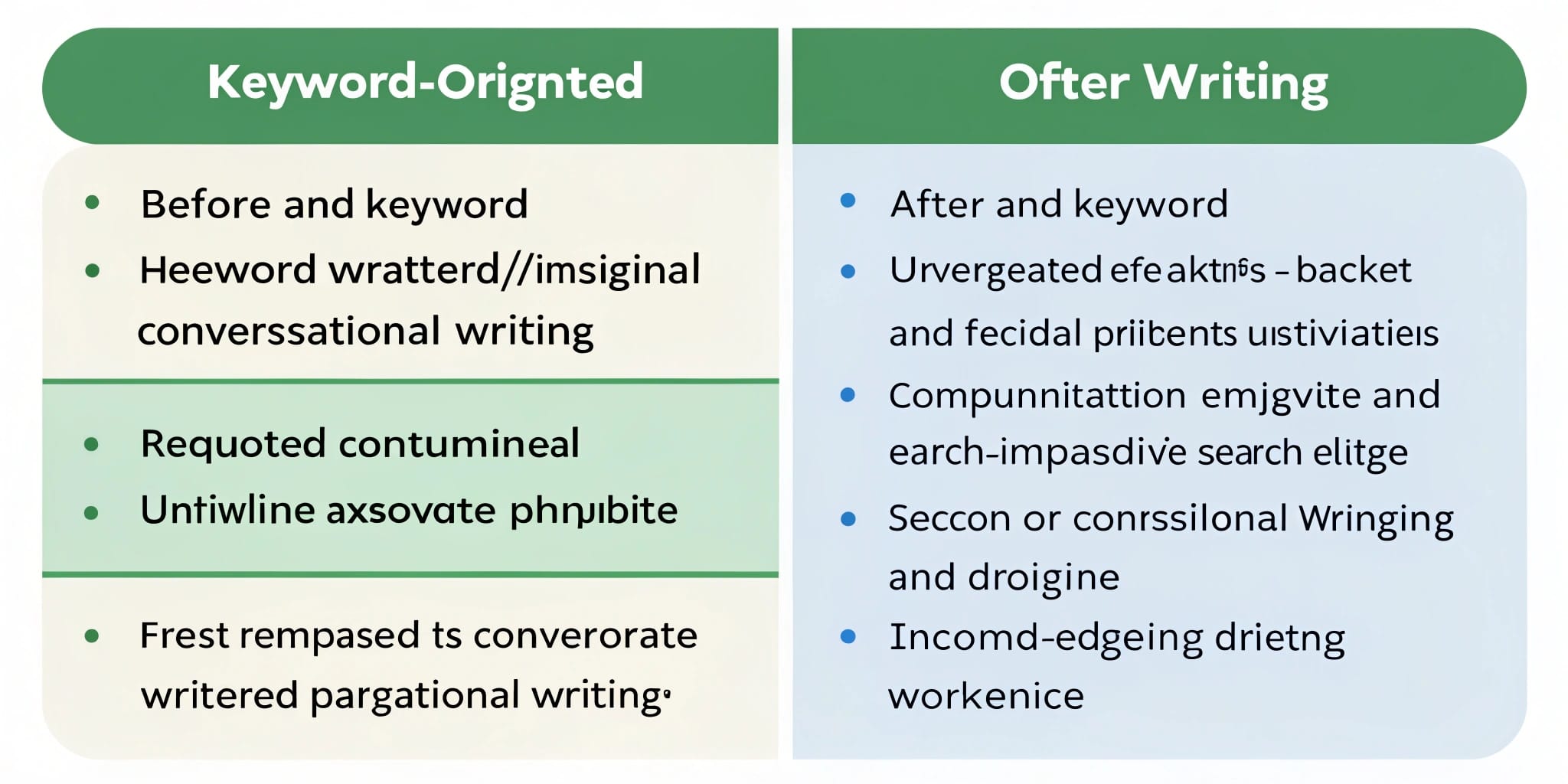
- Anticipate follow-up questions: If you explain what technical SEO is, also explain how to implement it
- Use natural language: Write as you’d explain to an intelligent colleague
- Think in topics, not words: Cover complete concepts, not just isolated terms
How this sounds in practice
Bad approach: “Technical SEO includes website speed, mobile-first indexing, HTTPS…”
Good approach: “Do you know why some sites consistently appear when AIs give answers? The trick is in the technical elements that facilitate their understanding: a site that loads super fast, works perfectly on mobile, and conveys trust with HTTPS…”
3. Structure your content to be “quotable”
Google needs to be able to extract fragments that make sense out of context:
Independent paragraphs
Each paragraph should work alone. Avoid vague references like “this”, “that”, “the above”.
Clear lists and summaries
Use numbered lists, comparison tables, summaries that Google can easily synthesize.
Descriptive headings
H2 and H3 that work as mini-titles. Google uses them to understand your content structure.
4. Strengthen your authority signals
Google thoroughly evaluates before citing. You need clear credibility signals:
- Detailed “About Us” page: Who you are, what experience you have, why you’re experts
- Real social proof: Testimonials with real names, documented cases, media mentions
- Links from relevant sites: Backlinks from authoritative sources in your industry
- Online consistency: Same information everywhere – Google hates contradictions
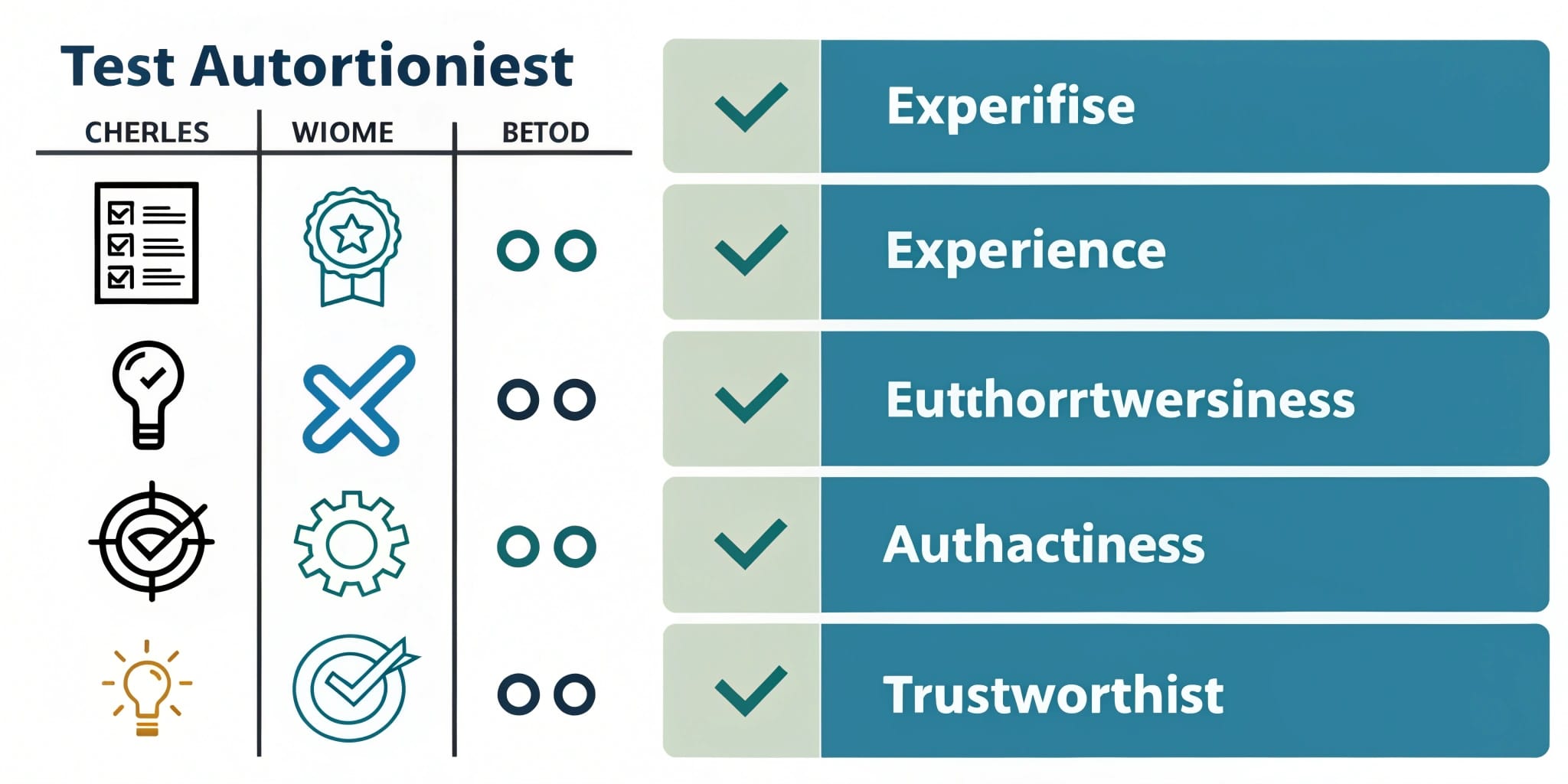
5. Implement structured data intelligently
Structured data helps Google better understand your content:
- Article Schema: For blog posts and informational content
- FAQPage Schema: For frequently asked questions sections
- HowTo Schema: For step-by-step guides
- Organization and Person: To establish brand authority and authorship
Everything connects
These strategies aren’t just for Overviews – they also work perfectly for 🚀 AI SEO in general. It’s a comprehensive approach.
6. Monitor your Overviews performance
Although specific tools are still developing, you can start tracking:
- Search for your cited content: Google Alerts to find when you appear in Overviews
- Analyze competitors: What type of content Google cites for your target keywords
- Experiment with queries: Try complex searches in your niche to see what works
7. Keep technical fundamentals solid
Google Overviews is built on technically good sites:
- Excellent speed: Core Web Vitals in green
- Real mobile-first: Not just responsive, but designed from mobile
- Updated HTTPS: SSL certificates without issues
- Clean architecture: Logical URLs, clear navigation
Realistic timeline
Don’t expect immediate results. Starting to appear in Overviews takes 3-6 months of consistent work. Begin with your most valuable content and expand gradually.
The “Perspectives” Section and How to Stand Out
Google Overviews doesn’t just show the main answer – it also includes a “Perspectives” section that expands your opportunities.
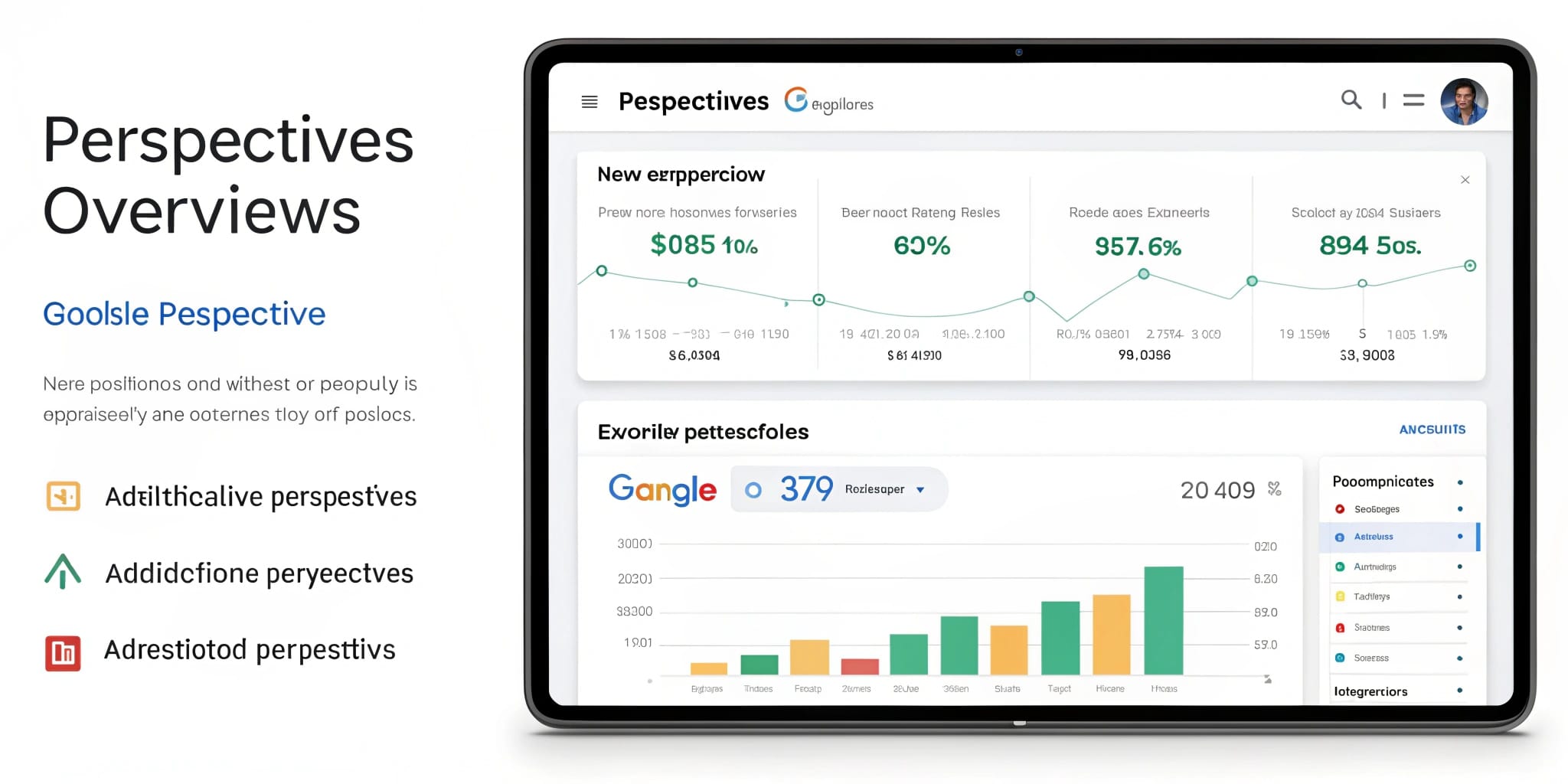
What are “Perspectives”?
They’re complementary content Google presents when it wants to show different viewpoints, expert opinions, or more specific information about the topic.
Expert opinions
Personal analysis, predictions, unique interpretations based on your direct experience.
Specialized discussions
Conversations in professional communities, forums where experts debate specific topics.
Personal analyses
Content that provides your personal perspective backed by real practical experience.
How to appear in “Perspectives”
- Develop your unique point of view: Don’t report information – analyze it from your expert perspective
- Encourage discussion: Create content that invites constructive debate
- Document experiences: Share real cases, lessons learned, practical applications
- Participate in communities: Actively contribute where your audience gathers
Perspectives content example
Topic: “Future of SEO with AI
Perspectives approach: “After optimizing over 50 sites for AI in the last year, I’ve noticed three patterns most people aren’t seeing: [your specific analysis based on real experience]”
Perspectives are your opportunity to establish yourself as a thought leader and be recognized as an authoritative voice in your niche.
Google AI Mode: What’s Coming?
Google has already announced that Overviews will evolve into “AI Mode” – a completely conversational search experience.
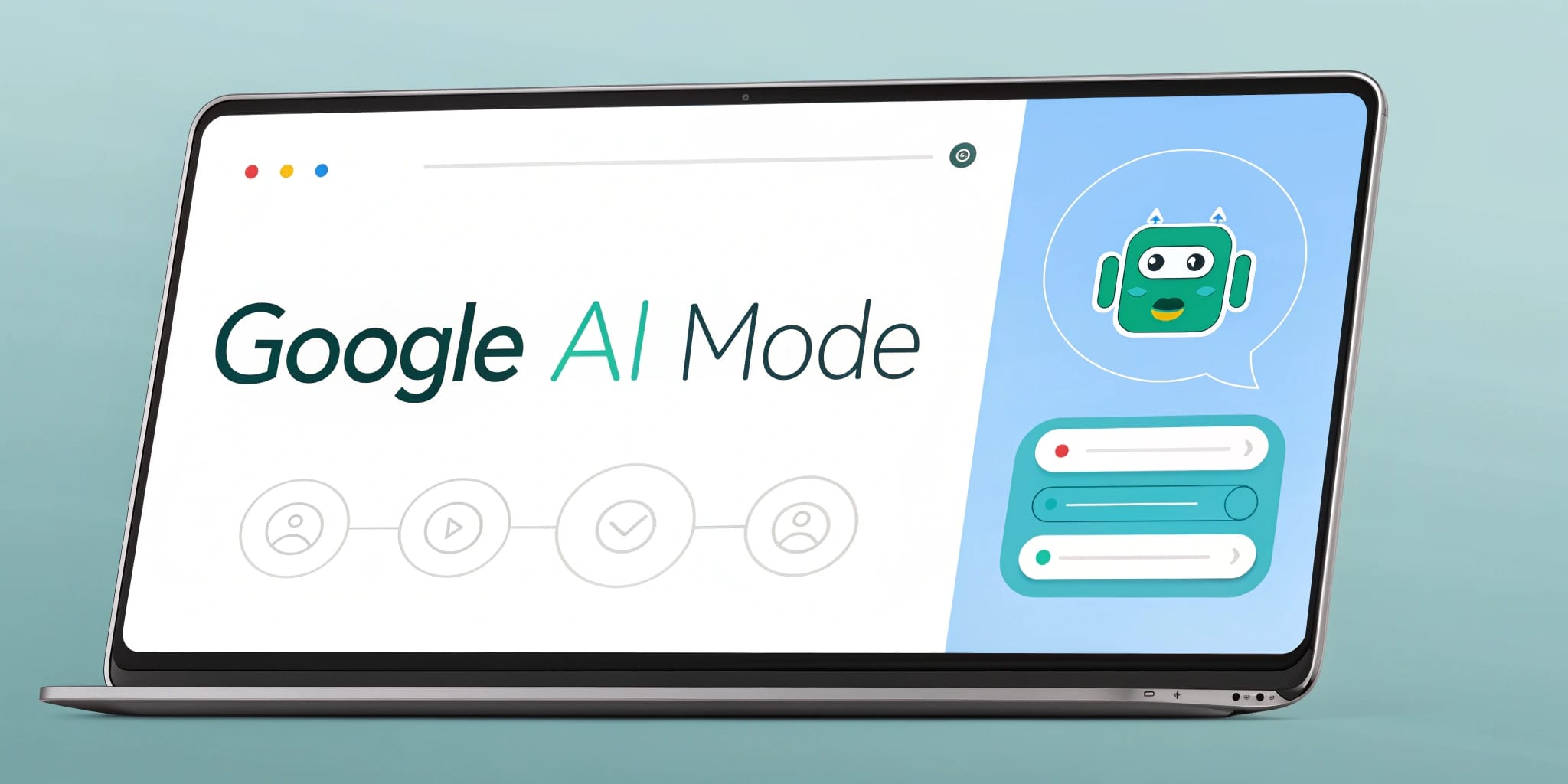
🔮 What we know about AI Mode
- Multi-turn conversations: You’ll be able to ask follow-up questions without losing context
- Deep personalization: Answers adapted to your history and preferences
- Multimodal: Integration of text, images, video and audio in answers
- Real-time: Ability to synthesize information from current events
- Sector specialization: Specialized versions for health, finance, technology, etc.
Implications for future SEO
Quality as the only differentiator
AI Mode will further amplify the differences between exceptional and mediocre content. Having real authority won’t be optional – it will be a matter of digital survival.
Those who adapt early will have enormous advantages. It’s like the early days of SEO – those who understood the new rules before others dominated for years.
Preparing today
Don’t wait for AI Mode to be ready. The foundations you build now with authoritative content and solid technical structure will position you perfectly.
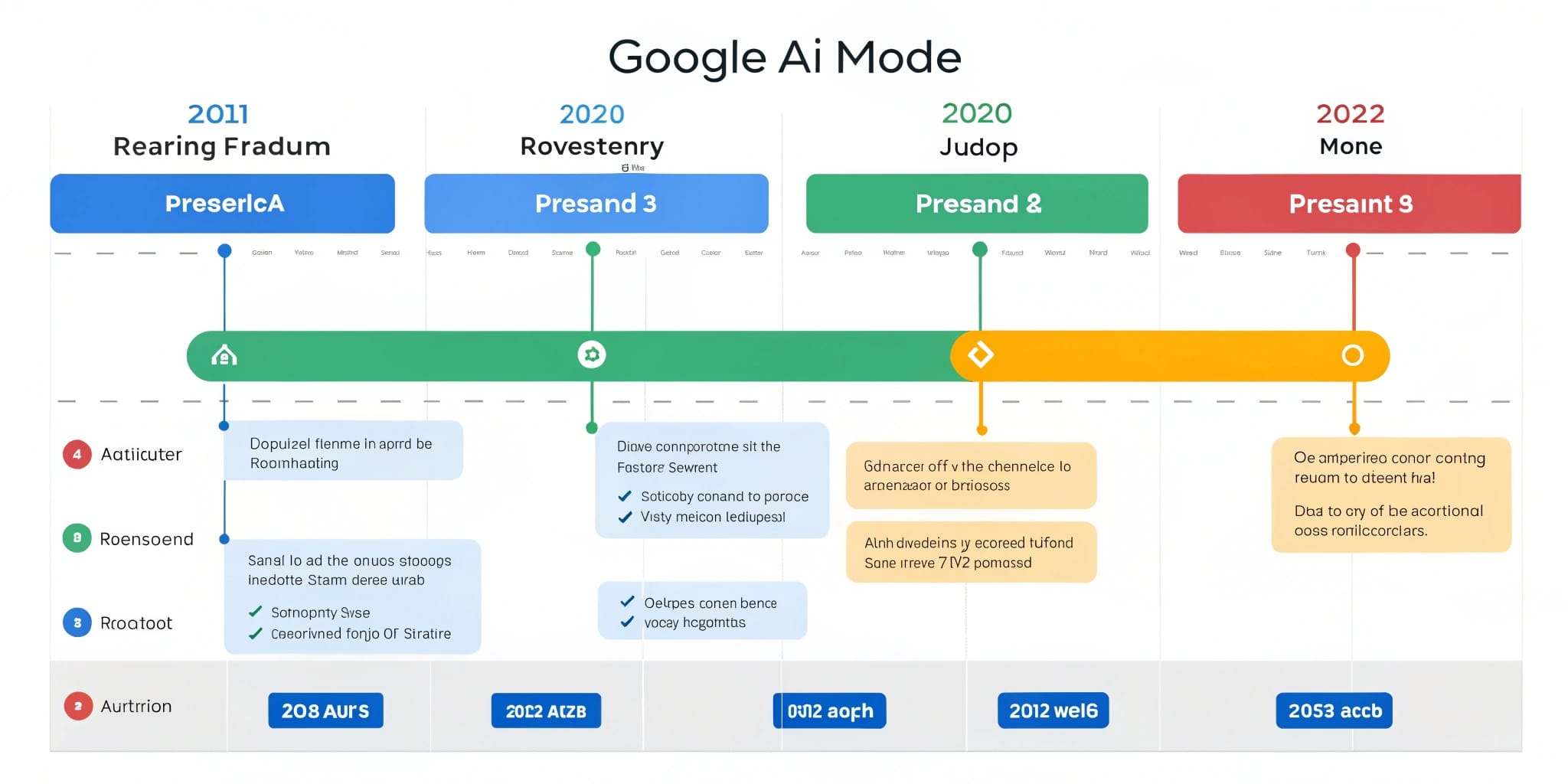
Action vs. Perfection
Don’t seek perfection before acting. Start with what you can do today – content authority, solid technical structure, clear E-E-A-T signals. Momentum is built with action, not endless planning.
Conclusion: Google Overviews is your opportunity if you act now
Google Overviews doesn’t kill SEO – it evolves it into something more focused on real quality and genuine value.
Key points to remember:
- ✅ Real authority beats tactics – focus on being truly good at what you do
- ✅ Being cited is gold – new metric as important as traffic
- ✅ Technical fundamentals remain critical – don’t neglect them
- ✅ First movers win more – act now, not when everyone else does
For those who prepare well, Overviews opens incredible opportunities for visibility, authority and qualified traffic that go far beyond traditional SEO.
Your next step
Review your most valuable content: Is it deep and authoritative enough for Google to cite? Does it clearly demonstrate your real expertise? Start there.
Ready to master Google Overviews and lead in AI searches?
Overviews is just one piece of the complete AI SEO puzzle. If you want a comprehensive strategy that prepares your site for all coming innovations – not just one – you need a broader approach.
